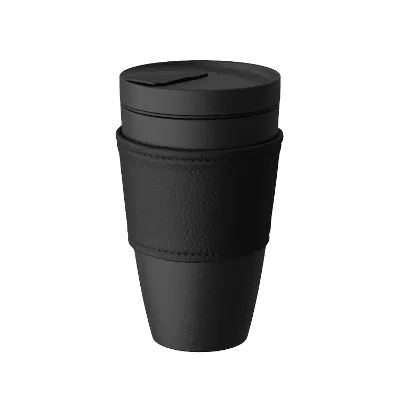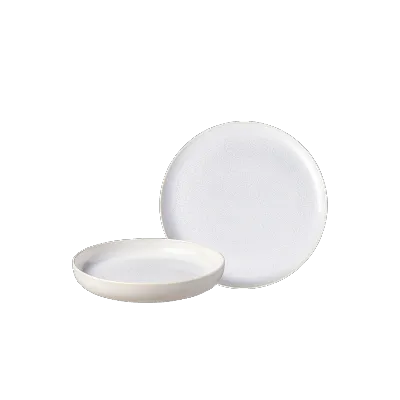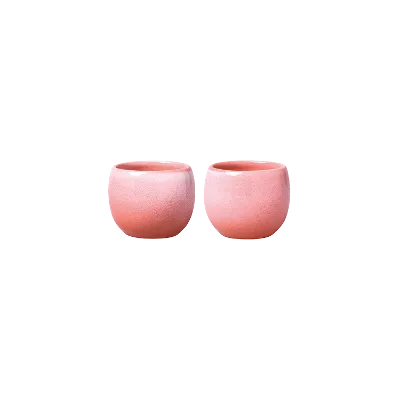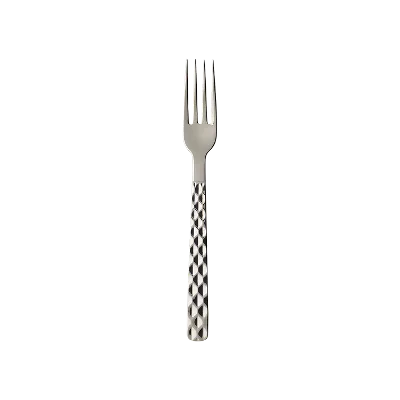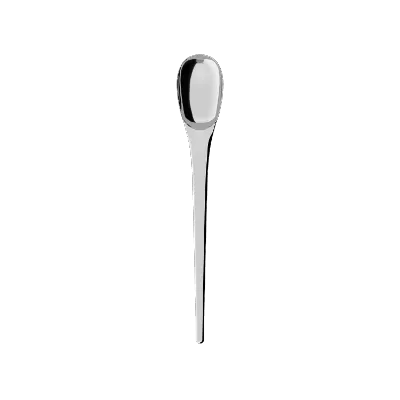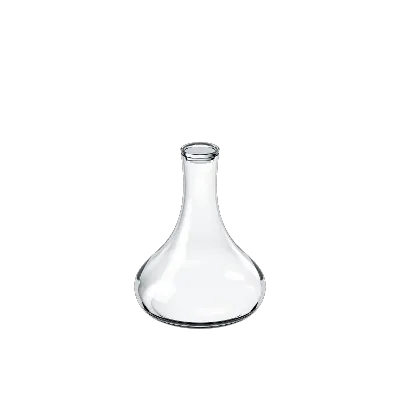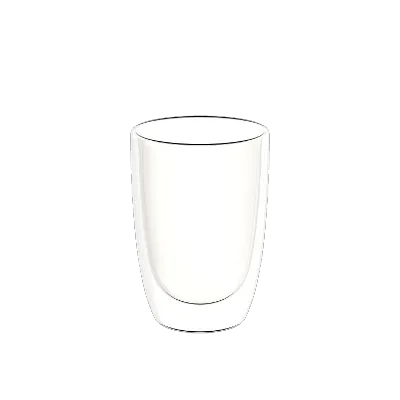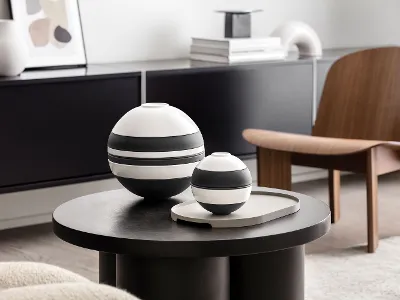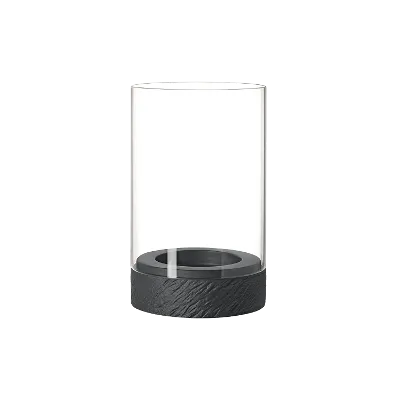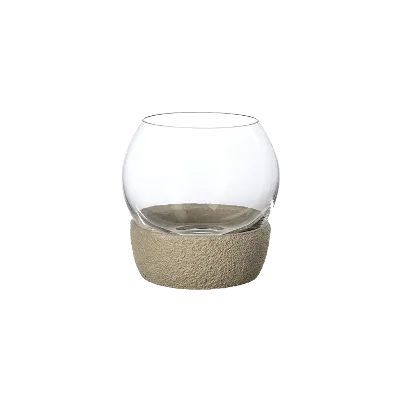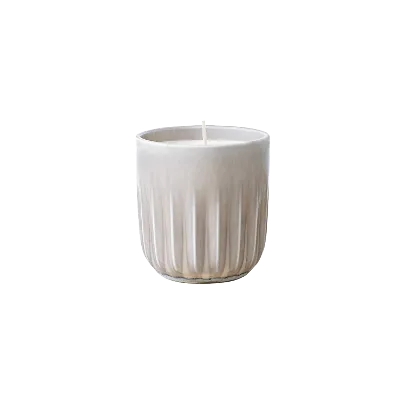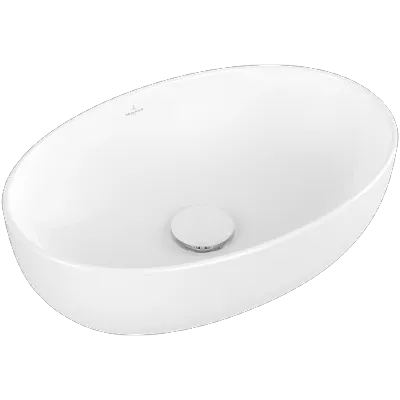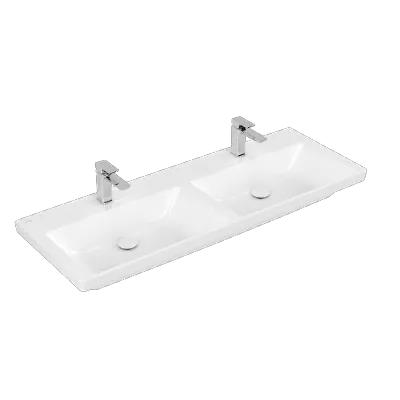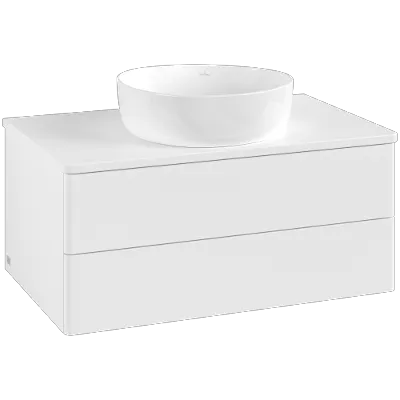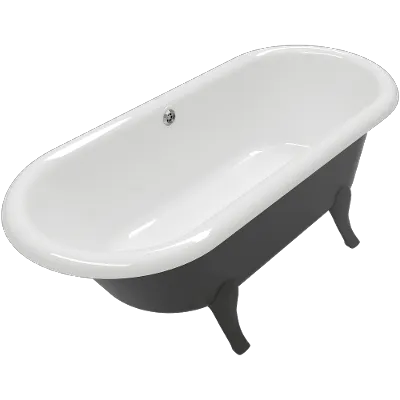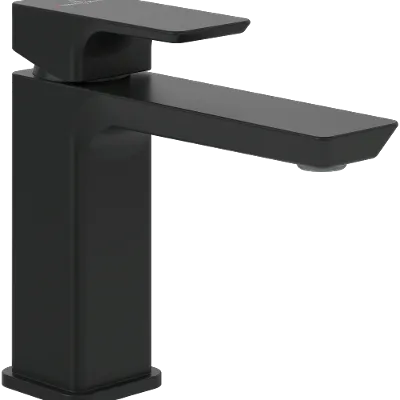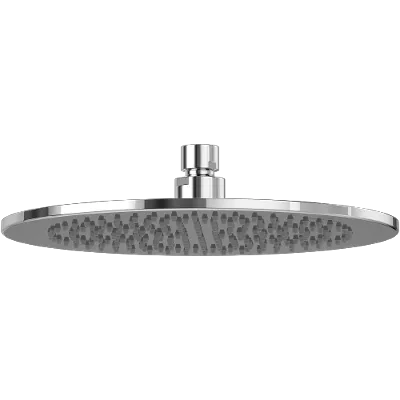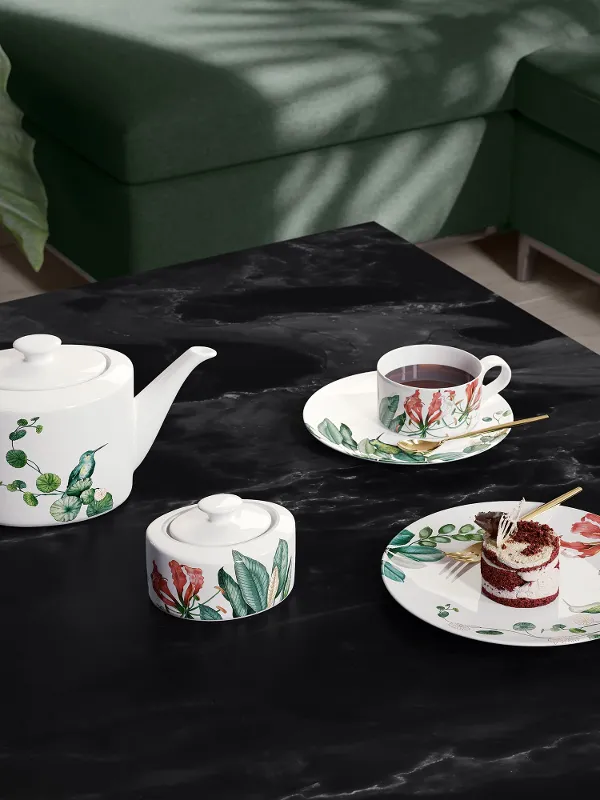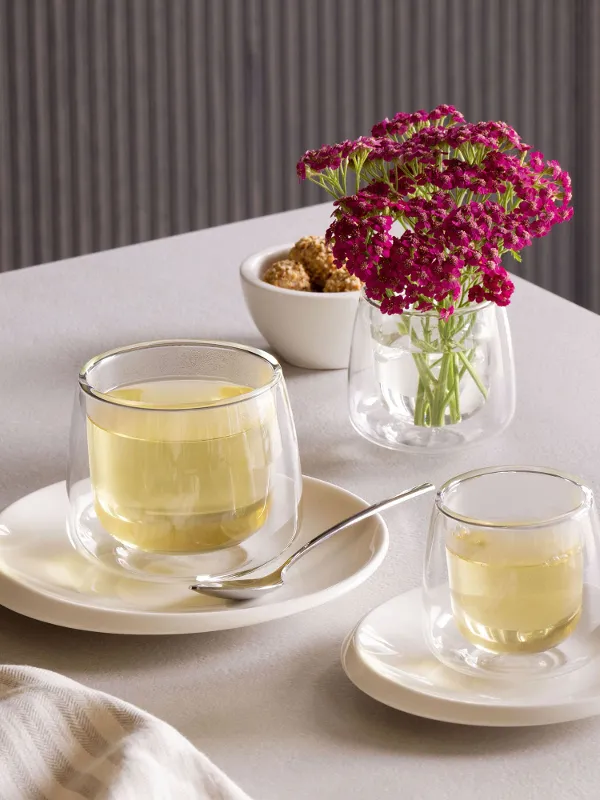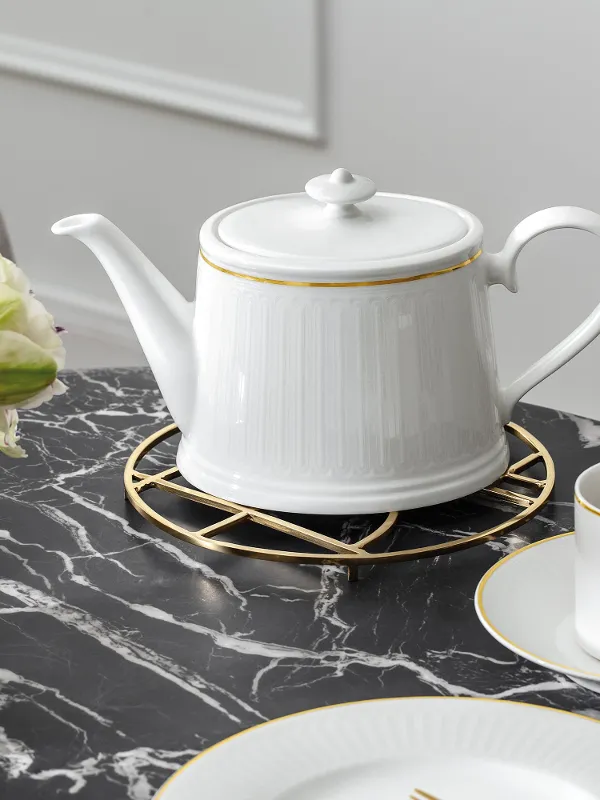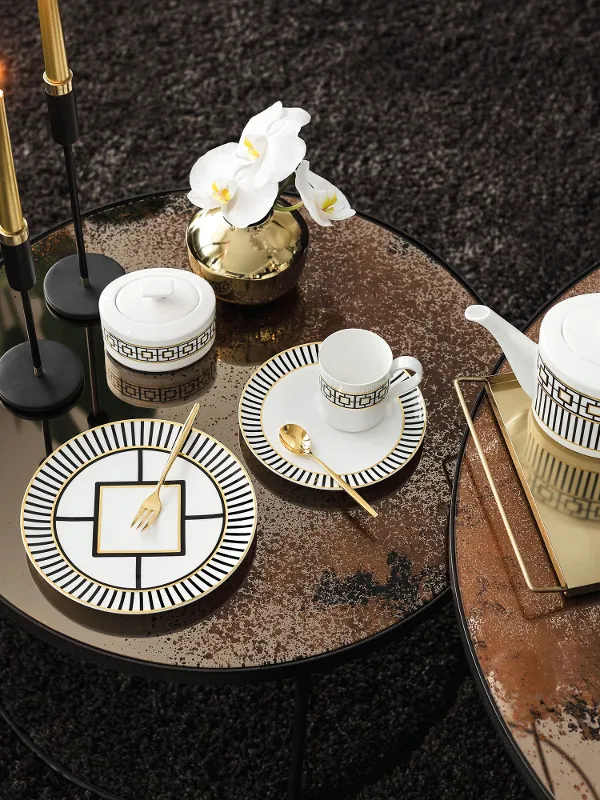Delivery:
Your Villeroy & Boch package is expected to reach you within 6-8 business days.

Black tea
Whether it's Darjeeling, Assam or Ceylon: we Europeans have a preference for black tea. But that hasn’t always been the case: up until the 19th century, people here mainly drank green tea imported from Asia.
After the infamous Opium War with China, who refused to open their markets to English intoxicants, Europe turned its attention to cultivating tea in India. In turn, switching from green to black tea – in order to set itself apart from China. Green tea is still the preferred tea in Asian countries.
How to make the perfect black tea
In British tea culture, aromatic black tea is a must – for premium afternoon tea, Chinese and Indian black teas are served at a gourmet level.
However, the perfect tea experience is only possible when the tea is prepared properly.
To brew tea, it is best to use a teapot made from high-quality porcelain. Black tea contains the natural dyestuffs thearubigin and theaflavin as well as intensive aromas and essential oils.
These dyestuffs and aromas can attach themselves permanently to coarser materials such as ceramic. Varying the types of tea can lead to flavours mixing with each other, which could in turn adversely affect the tea experience.
Depending on the type of tea, 10 to 15 g of tea leaves are needed to make one litre of tea.
The temperature of the water should be about 85 °C. Black tea is only infused once and should not be steeped for longer than three to five minutes. Any longer and the tea will become bitter.
A high-quality black tea should be enjoyed unsweetened as this allows its flavours to develop better. A splash of milk, cream or almond milk will make it taste milder as their proteins combine with the bitter compounds in tea.
A cold brew black tea is refreshing in summer. The cold brew method involves steeping tea in the refrigerator for several hours.
Safe enjoyment of black tea without brewing
During the production process, the tea leaves are heated at 85 °C – rendering even bacteria harmless.
Is black tea healthy?
Both green and black tea come from the same plant – the Camellia sinensis tea bush. The only difference lies in their processing. Unlike green tea, black tea is fermented. That involves rolling the leaves after they have been harvested with special machines to break up the cell walls. Then they are stored at 30 °C in relatively high humidity.
This allows the characteristic essential oils to develop. The diverse production processes result in different substances in green and black tea. A large amount of secondary plant substances are lost during fermentation.
These are the substances that are responsible for many of the health-promoting benefits of green tea. This is why green tea can play a part in preventing diabetes or different types of cancer. Nevertheless, black tea is also a healthy brew.
It contains important vitamins such as vitamin B as well as minerals and trace elements such as manganese and potassium. Black tea is also said to have anti-inflammatory and immune-strengthening effects.
Black tea contains fluoride, as does green tea. It promotes healthy enamel and bones. Compared to green tea, black tea has more tannins. This is why it is easier to digest and people with a sensitive stomach can tolerate it better. It can also help with diarrhoea as it has a slightly constipating effect.
Catechin, the tannin found in black tea, boosts circulation and can help prevent angiopathy. In general, high-quality tea is the best choice for a high concentration of substances. Consumer tests have found pesticide residues in some black teas. Therefore, it might be advisable to buy organic teas.
Artesano
Double-wall cups
Artesano
Double-wall cups
A comparison of pick-me-ups
Espresso or black tea?
Black tea contains caffeine and has a stimulating effect. It is often drunk instead of coffee. But which pick-me-up is better – black tea or coffee? The caffeine in tea is absorbed slowly by the body because it combines with tannins. The revitalising effect is not as quick as with coffee, but it lasts for longer.
Black tea only contains about half as much caffeine as coffee and only a quarter as much as espresso. So, anyone looking for a quick pick-me-up should choose espresso.
However, more than four cups of espresso a day are considered to be unhealthy and can cause nervousness and anxiety. As black tea is better tolerated, several cups of this hot drink can be enjoyed every day.
Black tea shouldn’t be drunk too late in the afternoon because of its caffeine content. Its delayed stimulating effect could otherwise result in tea drinkers perking up in the evening. But there are decaffeinated versions of black tea – perfect for relaxing and enjoying some ‘me time’ in the evening with a beautiful cup.

